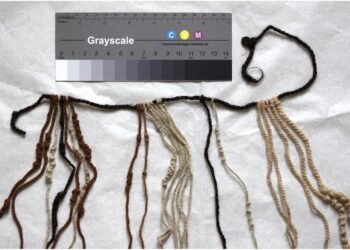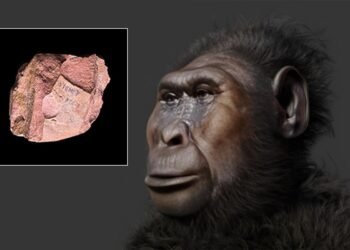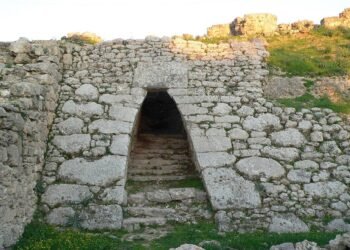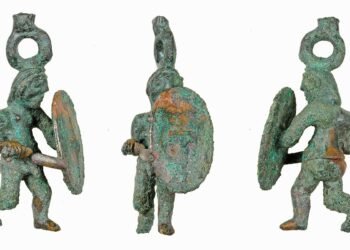Archaeologists in Peru have unearthed a well-preserved 5,000-year-old burial of a high-status woman at the Áspero archaeological site—an ancient fishing settlement associated with the Caral civilization, the oldest civilization in the Americas. The discovery, made by Dr. Ruth Shady Solís and her team from the Caral Archaeological Zone (ZAC) of Peru’s Ministry of Culture, offers a glimpse into the prominent role of women in early Andean society.

The burial was unearthed at Huaca de los Ídolos, a public ceremonial building in Áspero, a site on the Peruvian coast in the Barranca province, some 180 kilometers north of Lima. Áspero was one of the principal satellite cities of Caral, a UNESCO World Heritage site, and flourished from 3000 to 1800 BC—contemporaneous with ancient Egypt, Sumer, and China, though it developed in complete isolation.
The remains are those of a woman between the ages of 20 and 35 years old and about 1.5 meters (5 feet) tall. What is remarkable about this find is the state of preservation: archaeologists recovered parts of her skin, nails, and hair—a very uncommon condition for human remains in the region. She was wrapped in multiple layers of cotton fabric and rush mats and covered with an embroidered feather mantle of bright macaw feathers, an art form that is one of the oldest surviving examples of Andean featherwork.
With the body was a rich collection of funerary offerings carefully arranged in two tiers. These consisted of bottle-shaped vessels, reed baskets, a bone needle with intricate incisions, a shell that most likely came from the Amazon basin, weaving tools, a piece of woolen textile, a fishing net, a toucan beak inlaid with green and brown beads, and over thirty sweet potatoes. The items not only point to the high social standing of the woman but also to the advanced trade and cultural networks in which the Caral society was a part, stretching as far as the Amazon.
According to an official statement from the Peruvian State, the discovery of the feathered panel and other exquisitely worked objects “indicates a high level of development of specialized techniques during the Caral Civilization.” The feather artwork, in particular, indicates the symbolic and aesthetic sophistication achieved by this ancient Andean civilization.
Researchers point out that the burial not only attests to the presence of elite female figures in Caral but also aligns with other elite burials unearthed at Áspero over the past several years—such as the “Lady of the Four Tupus” in 2016 and the “Elite Man” in 2019—a pattern showing ceremonial burials among the elite class. The burial group has been compared with the subsequent elite burial practices of La Galgada in the Áncash region, supporting the hypothesis of a society that bestowed special status and power on women.
A multidisciplinary team is now analyzing the woman’s remains and the associated artifacts to further understand her health, diet, cause of death, and the sociocultural use of the objects that accompanied her in burial.
More information: Ministerio de Cultura de Perú
























Comments 0